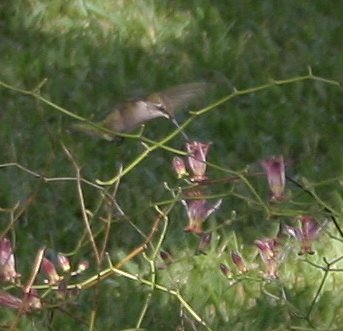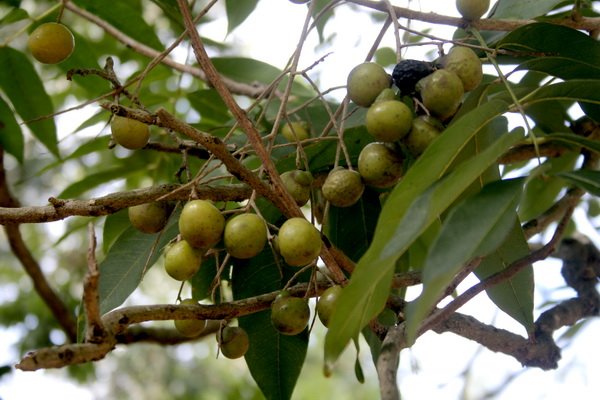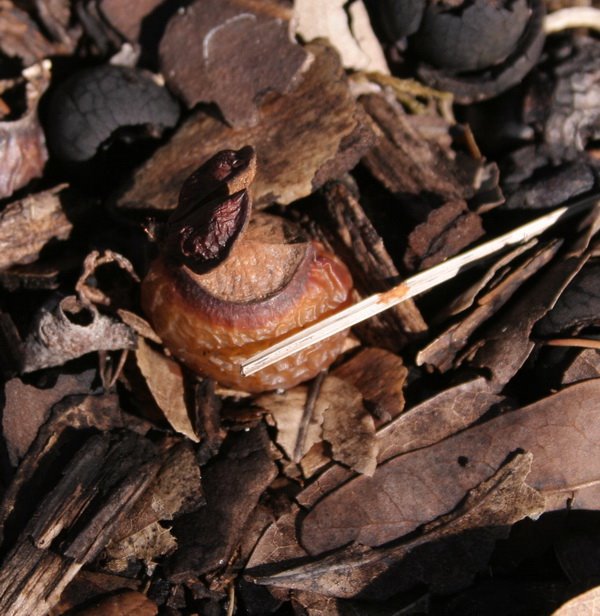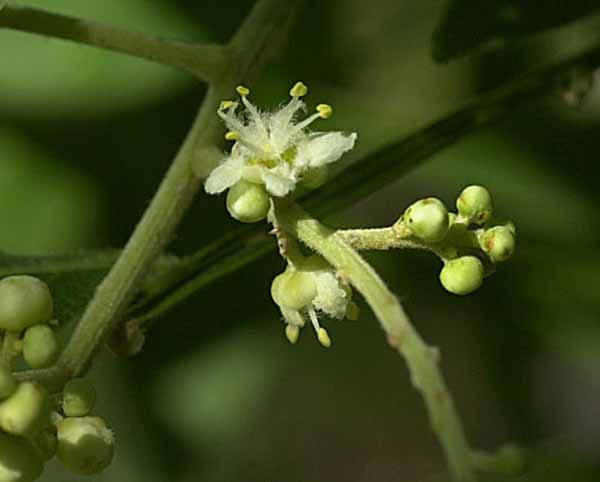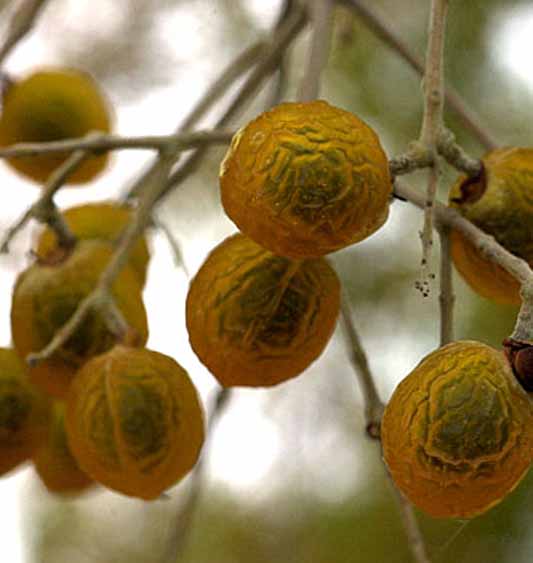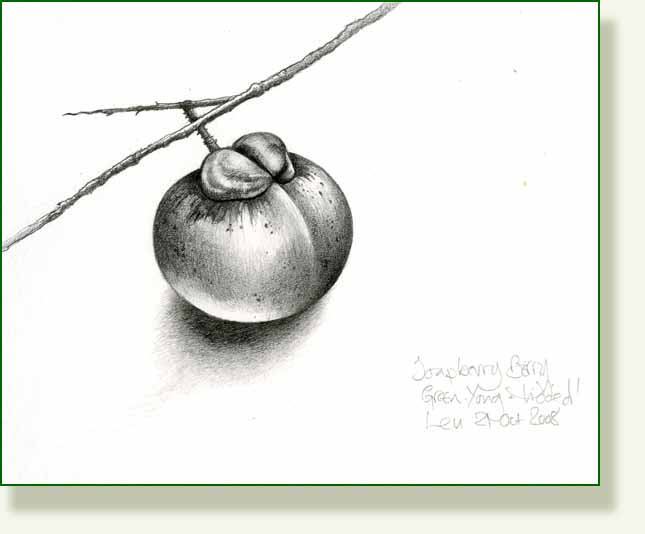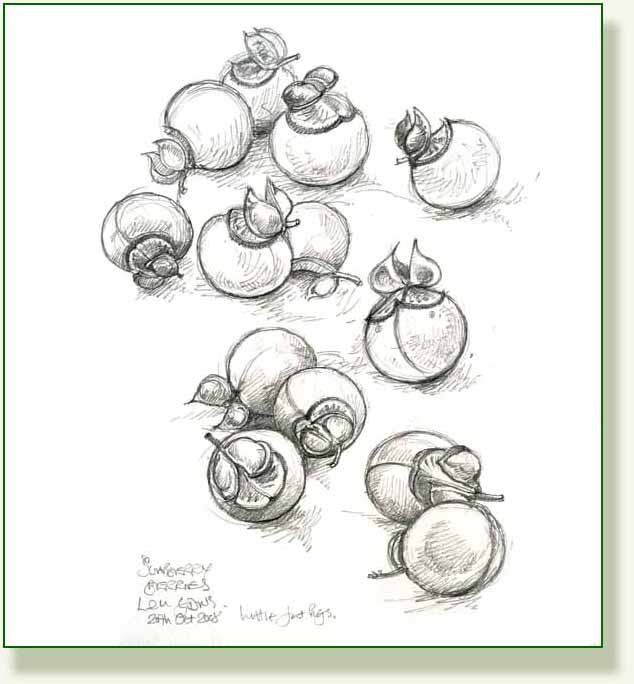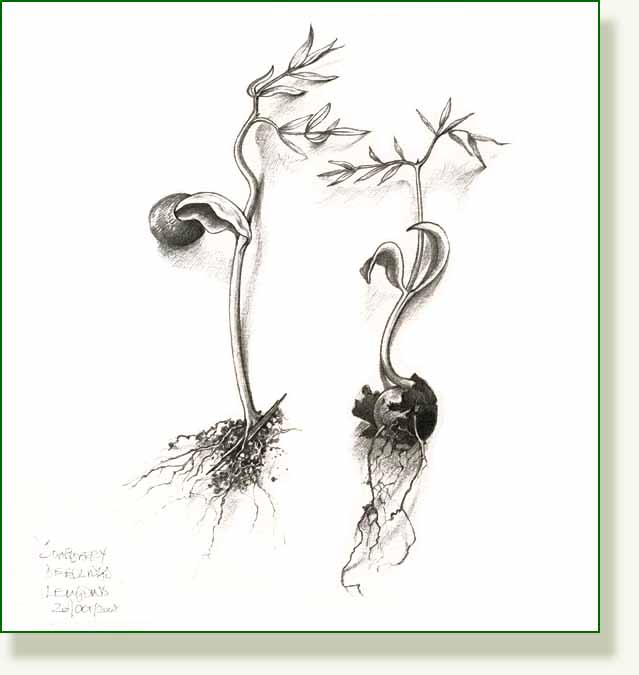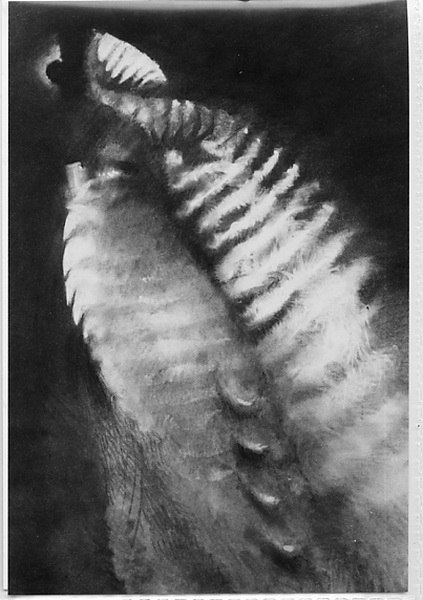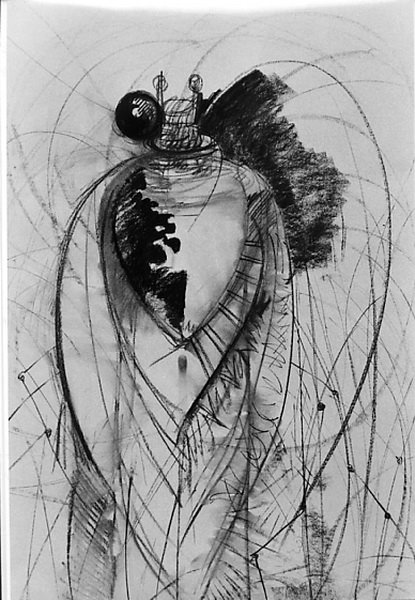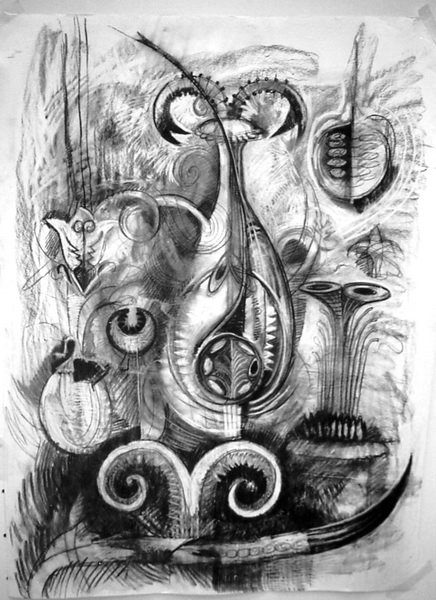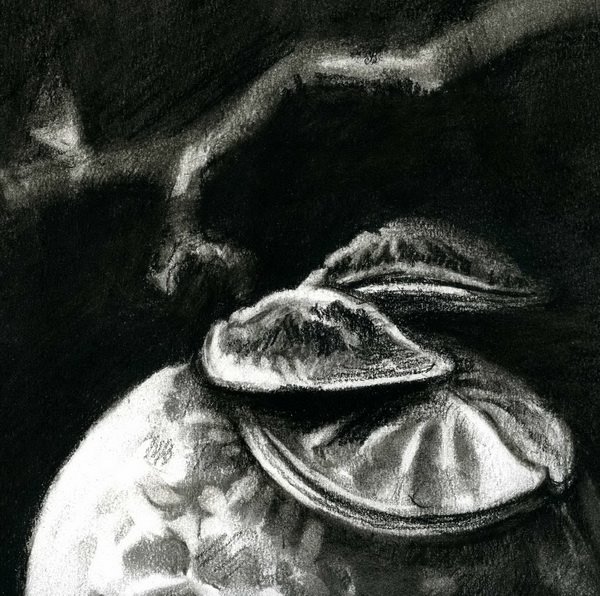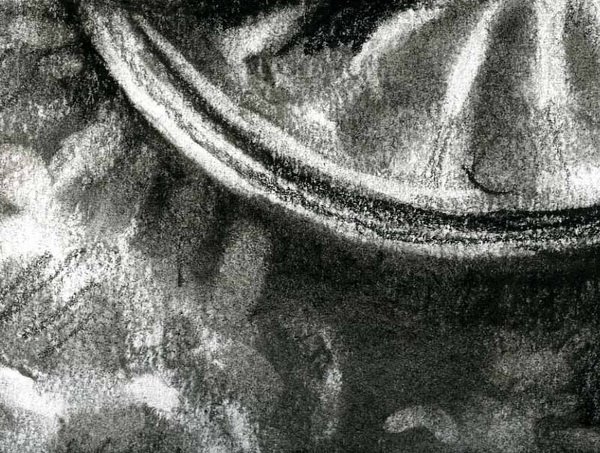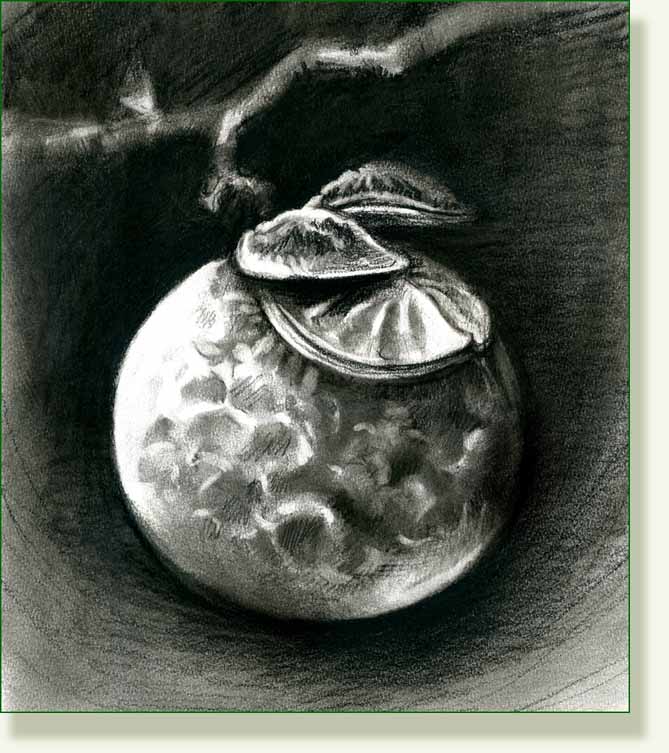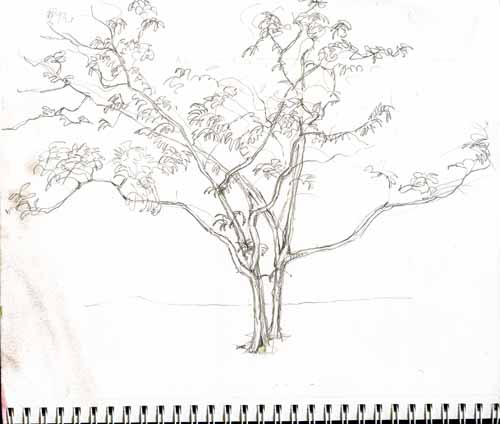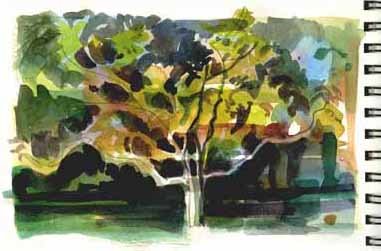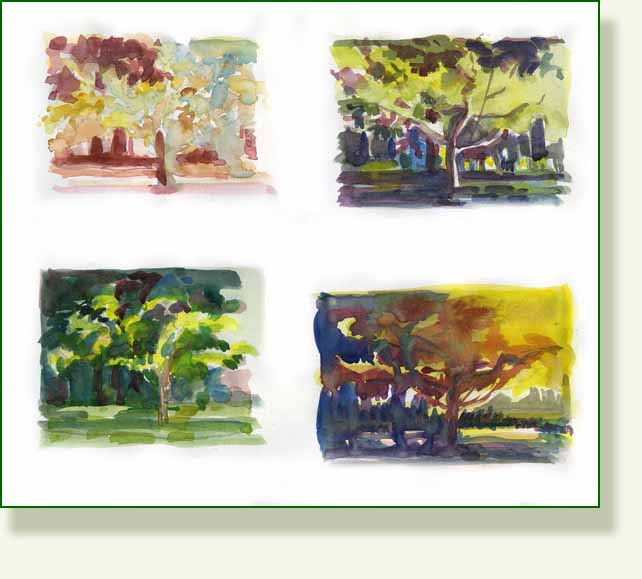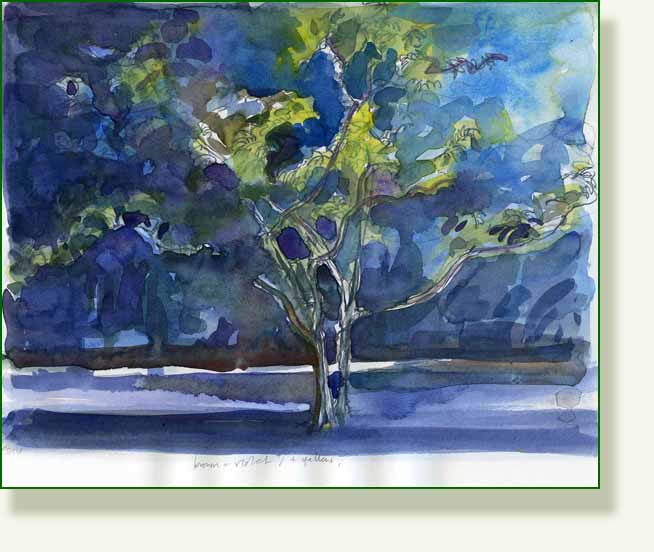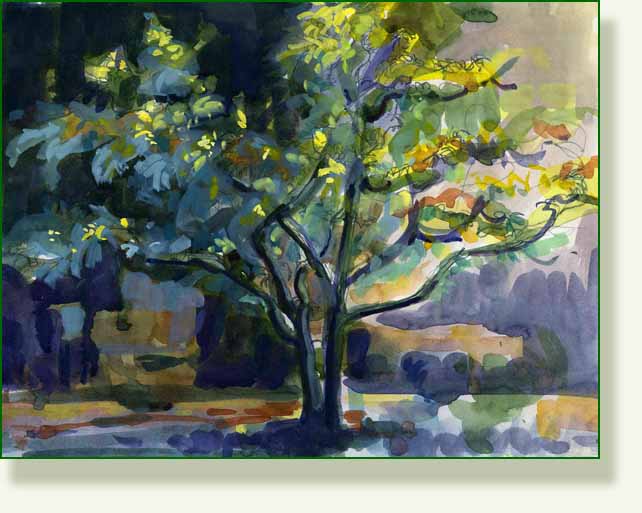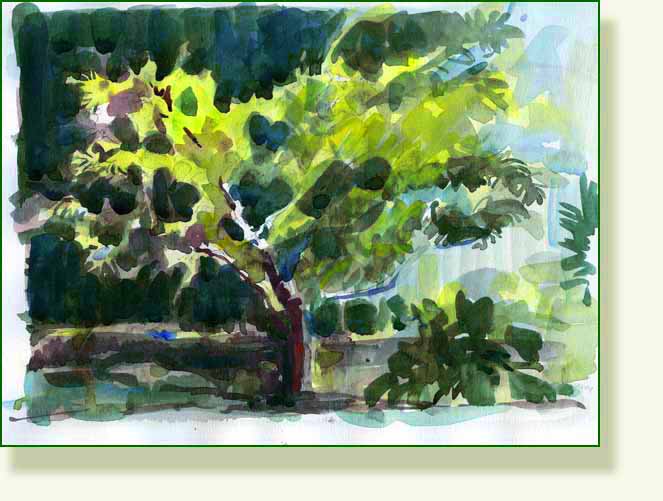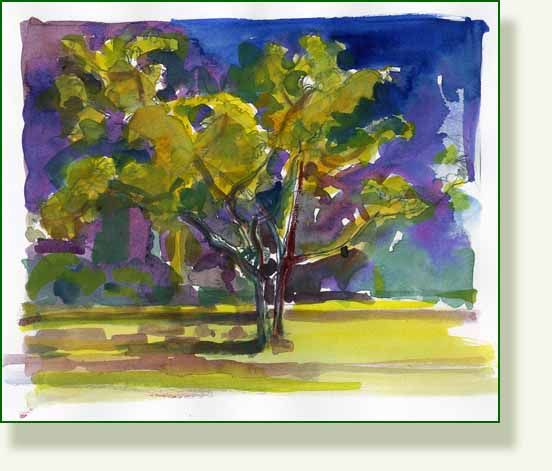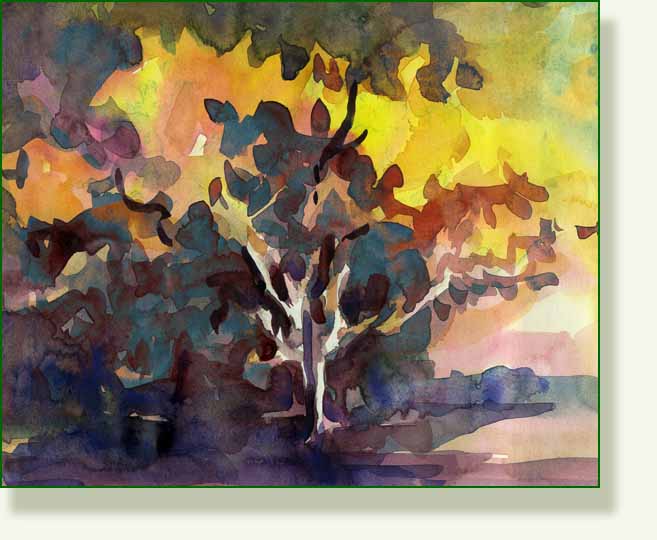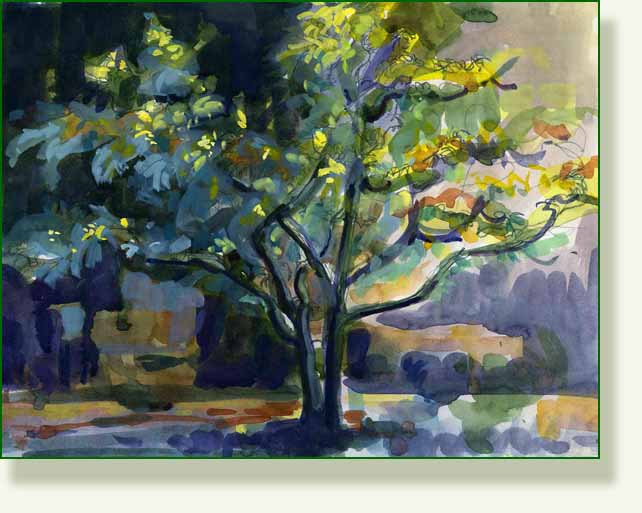Today a couple more sketches of the Soapberry, this time berries and seedlings. I am hoping to do a series of more finished pieces, so that I have a Soapberry “portrait” set.
There is so much to like about this tree, so here is a little more about it.
The Soapberry, this particular one is Sapindus marginatus, is from the interesting family of soap producing trees. This is not some folksy old wives tale but in some regions of the world an industry producing a good biodegradable detergent for clothes and dishes and even as an ingredient for shampoo. The “soap” comes from the outer covering of the berries which contain the amazing natural detergent “saponin”. It works incredibly well! Here are just three foaming berries, they left my hands absolutely super squeaky clean. and they seem to go on and on.

There is a charming short film clip here at Soapberry.org. with a commentary in Chinese /English showing you how to use them and how the tree “leads people return to the nature.” It tells how the soapberry (its Chinese name, Wu Huan Zi, means “no dust”) seeing the terrible state of the polluted earth arrived from heaven to help us clean up our grubby selves and environment. “He want to help the earth recovered back his most pure status. He smiles, and if you have him with you, he then do the clarifying and recovering work for you, not count for money, not count for name”
How lovely!
Basically you put three or four in a muslin bag and run them under water, rub them around a bit and, hey presto, you have a foamy detergent that you can use to wash yourself, your clothes and the dishes in too. To do the laundry, it’s 5 to 8 berries in a bag depending on load and how grubby your clothes are. The liquid is supposed to help skin conditions, is good for those with sensitive skin, is a mild antibacterial, and can be used to discourage pests on your garden plants.
Make your own soap
To make a basic liquid you take two handfuls of soapberry “shells” and 3 litres of water, bring to the boil simmer for 30 minutes and allow to steep overnight. Strain and compost the shells if you have a compost heap. You will then have a concentrated eco cleaning fluid. It is that simple. I am going to get more berries tomorrow and try them and I am one of those skin allergy types so anything natural is always worth a try. If the liquid is as gentle as claimed it will also make a very good natural paintbrush cleaner.
Indigenous peoples in America have known about these cleansing berries for thousands of years of course, but we come along with our chemicals and fancy packaging and take over, don’t we?
At the moment the berries are falling. They are a translucent yellow almost like amber, and you can see the dark shape of the black seed inside. I just love their comical design. The part which attaches to the branch is like a flip top lid or two ears so they look like a bunch of strange vessels or gathering of roly poly fat little animals… delightful!
In the words of the Chinese film , “soapberry brings back the natural to the human. ” Tomorrow I shall be gathering some more heavenly helpers.
So here is a sketch of the roly poly berries and two hula dancing seedlings. I would never make a serious botanist would I?
_____________________________________
 Rolling Berries and Dancing Seedlings
Rolling Berries and Dancing Seedlings















